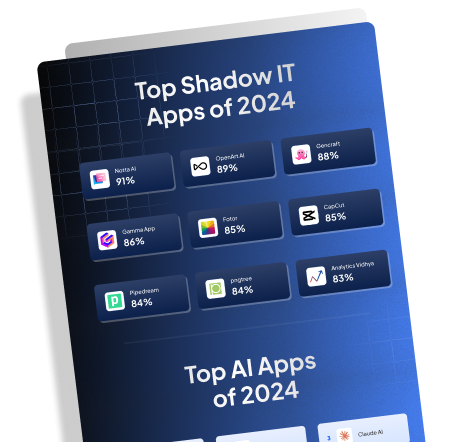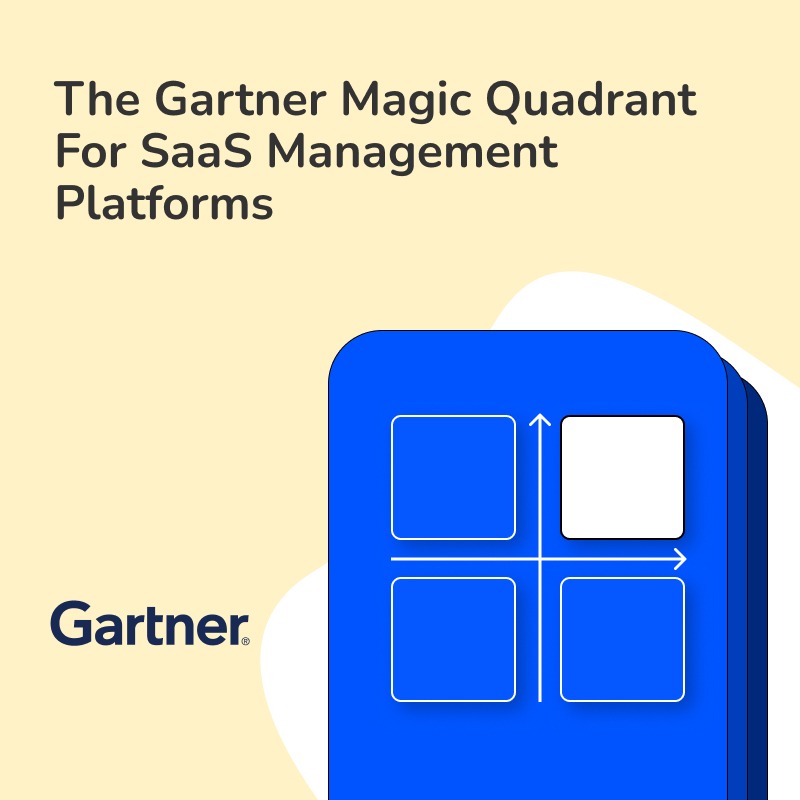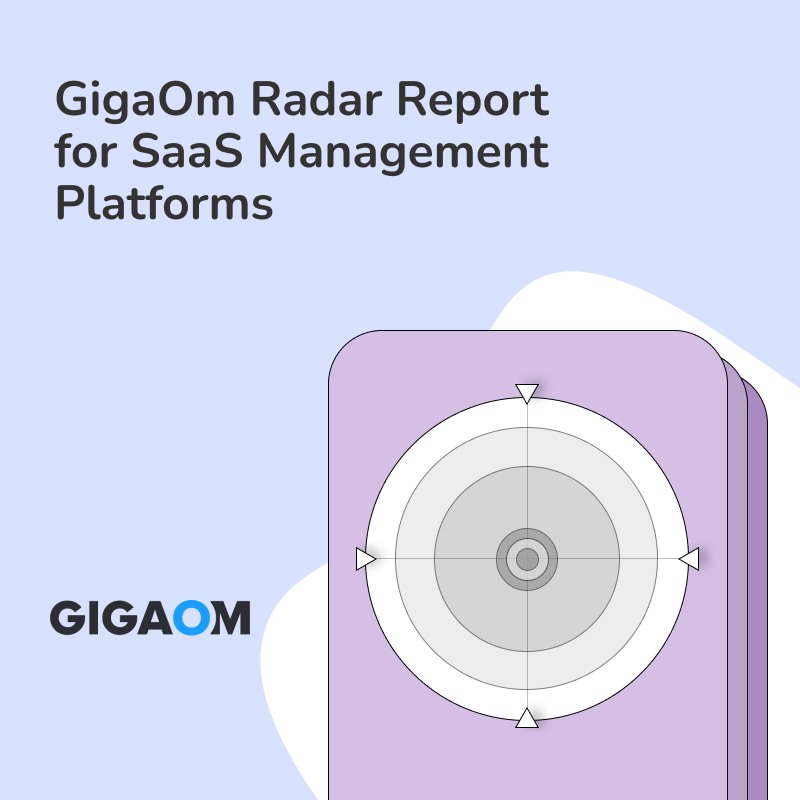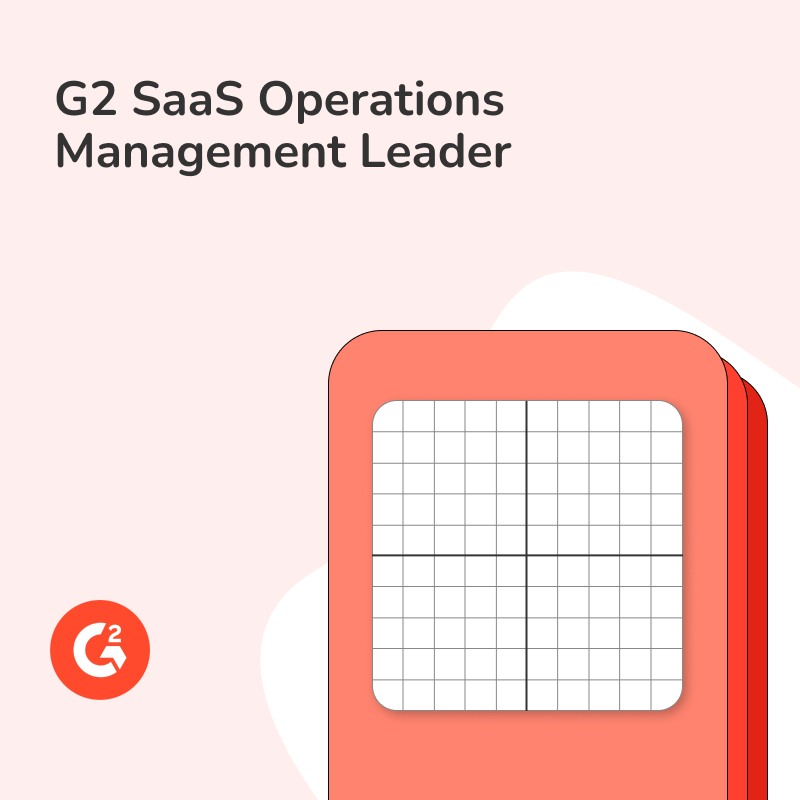Have you ever felt overwhelmed by the sheer number of identity and access management (IAM) training programs out there? It’s tough navigating this maze, especially when every option promises to be the best. We get it—it’s complex, and your time is valuable. This article is designed to cut through the noise and provide a clear path to the best IAM training programs for IT professionals. Need a helping hand with automating your app lifecycle? Dive deeper into making your processes smoother at Torii. Let’s simplify IAM training together.
Finding the best Identity and Access Management (IAM) training programs for IT professionals doesn’t have to be overwhelming. Are you aiming to enhance your skills related to security, compliance, and governance? Look no further. Let’s explore some top-tier training programs that cover the critical aspects of IAM, such as identity lifecycle management, access controls, authentication methods, and regulatory compliance.
Top IAM Training Programs for IT Professionals
Certified Information Systems Security Professional (CISSP)
First, consider the Certified Information Systems Security Professional (CISSP) certification. CISSP is globally recognized and offers comprehensive training on IAM. It delves into identity and access provisioning, enterprise IT governance, and risk management. Are you looking for a credential that proves your expertise to top employers? CISSP might be perfect as it covers a wide array of security disciplines beyond just IAM.
Certified Identity and Access Manager (CIAM)
Another excellent choice is the Certified Identity and Access Manager (CIAM) by the Identity Management Institute. Focusing specifically on IAM, this program covers identity lifecycle management, role-based access control, and compliance. It also includes practical assignments to give you hands-on experience. Do you want specialized training that hones in on IAM? CIAM provides this and helps you get well-versed in IAM frameworks and tools.
SEC 540: Cloud Security and DevSecOps by SANS Institute
SANS Institute’s SEC 540: Cloud Security and DevSecOps is another standout program. It focuses on IAM within cloud environments and DevSecOps pipelines. Given the growing shift to cloud services, this course is invaluable. Have you thought about how cloud computing changes the IAM landscape? SEC 540 equips you to handle IAM challenges in cloud-native environments, offering in-depth training on cloud service providers’ identity and access tools like AWS Identity and Access Management (IAM) and Azure Active Directory.
Microsoft Certified: Identity and Access Administrator Associate
Don’t overlook the Microsoft Certified: Identity and Access Administrator Associate certification. Specializing in Microsoft’s ecosystem, it provides a rich understanding of Azure Active Directory, Conditional Access, and Privileged Identity Management. Do you work in a Microsoft-heavy environment? This certification can sharpen your skills to effectively manage identities and security policies within Microsoft’s cloud services.
Coursera Course – Identity and Access Management by University of Minnesota
Lastly, Coursera offers a popular course titled “Identity and Access Management” by the University of Minnesota. This is ideal for IT professionals who prefer an academic approach to learning. The course includes extensive case studies and covers IAM theories and practices. Are you looking to establish a strong foundational knowledge with academic rigor? This course might be the right fit.
IAM training programs are nuanced, and choosing the right one depends on various factors like your career goals, preferred learning style, and current skill level. Understanding your IAM landscape — whether it’s cloud-based or on-premises — can also guide you in selecting the best program.
Best Practices for Implementing IAM Training Effectively
Successfully completing an IAM training program is just the beginning. To truly benefit from the knowledge and skills acquired, IT professionals need to implement best practices that integrate these learnings into their daily operations. Whether you’re managing on-premises systems or navigating the complexities of cloud environments, the following strategies can help you make the most of your IAM training.
1. Develop a Comprehensive IAM Strategy
Begin by crafting a holistic IAM strategy that aligns with your organization’s overall security framework. This should include the following:
- Identity Governance and Administration (IGA): Define how user identities are to be created, managed, and de-provisioned. Utilize training on identity lifecycle management to build robust policies and procedures.
- Access Control Policies: Implement role-based access control (RBAC) and attribute-based access control (ABAC) mechanisms that you learned during your IAM training.
- Governance and Compliance: Ensure your IAM strategy includes continuous compliance checks and audits. Leverage tools and knowledge from courses like CISSP and CIAM to stay ahead of regulatory requirements.
2. Adopt a Security Management Platform (SMP)
Investing in a Security Management Platform (SMP) can centralize and streamline your IAM operations. Use an SMP to:
- Automate Processes: Automate routine tasks such as provisioning, de-provisioning, and access requests. This will help reduce human error and improve efficiency.
- Monitor and Audit: Implement continuous monitoring and auditing features to track user behavior and identify potential security threats in real-time.
- Integration: Ensure your SMP integrates well with your existing infrastructure, including cloud services, on-premises systems, and third-party applications.
Learn more about Torii Security Management Platform by visiting toriihq.com.
3. Embrace a Zero Trust Architecture
Zero Trust is an essential paradigm in modern IAM. Apply the principles of Zero Trust in the following ways:
- Least Privilege Access: Ensure that users have only the minimum access necessary to perform their job functions.
- Verify Continuously: Implement continuous verification mechanisms, such as multi-factor authentication (MFA) and conditional access policies, to verify identities dynamically.
- Segment Networks: Use micro-segmentation to isolate different parts of your network, thereby reducing the blast radius in case of a security breach.
4. Foster Cross-Functional Collaboration
IAM is not just an IT concern; it involves multiple departments, including HR, legal, and operations. Promote cross-functional collaboration by:
- Conducting Regular Training: Periodically update all stakeholders on IAM policies and procedures.
- Forming an IAM Steering Committee: Create a committee with representatives from various departments to oversee IAM initiatives.
- Establishing Clear Communication Channels: Use tools and platforms to facilitate seamless communication among teams regarding IAM updates and incidents.
5. Implement Continuous Learning and Improvement
IAM is a rapidly evolving field, and staying updated is crucial. Establish a culture of continuous learning by:
- Encouraging Ongoing Education: Motivate team members to pursue advanced certifications and courses.
- Attending Conferences and Webinars: Participate in industry conferences and webinars to stay updated on the latest trends and technologies.
- Soliciting Feedback: Regularly seek feedback on IAM processes and make improvements based on input from your team and stakeholders.
By integrating these best practices into your IAM operations, you can ensure that the knowledge and skills acquired through training are effectively translated into real-world applications. Not only will this strengthen your organization’s security posture, but it will also prepare you to tackle emerging IAM challenges with confidence and expertise.
Now that you’re equipped





